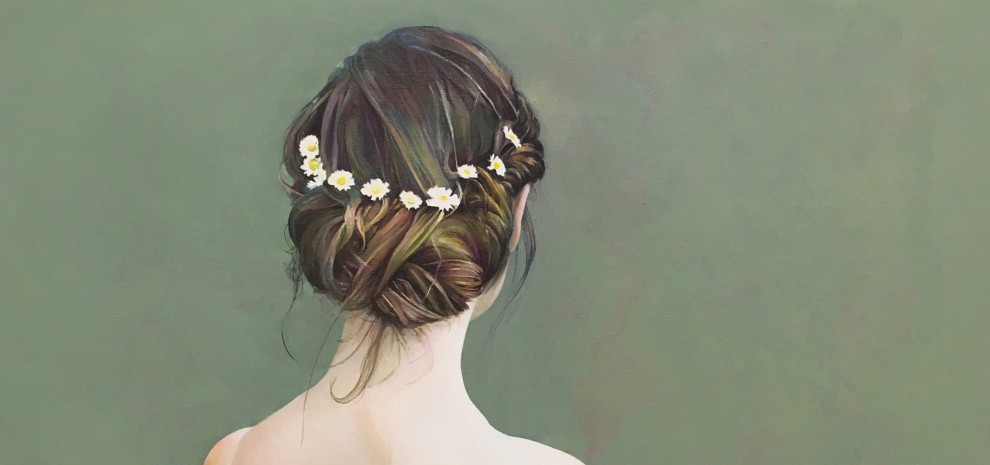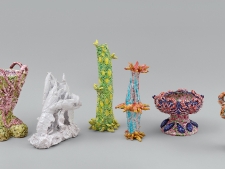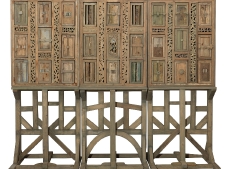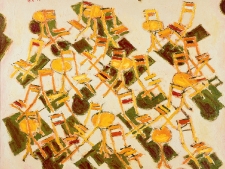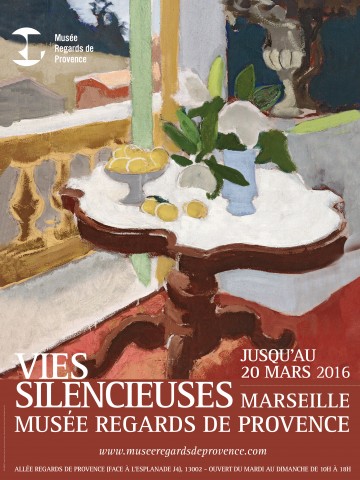
From September 17, 2015, to March 20, 2016, the exhibition "Silent Lives" showcased classical, romantic, modern, and contemporary compositions, featuring still lifes, objects, flowers, fruits, and animals.
This exhibition brings together drawings, paintings, photographs, and sculptures by artists such as Meiffrein Comte, Pierre Nicolas Huilliot, Jean-Baptiste Olive, Antoine Volon, Etienne-Louis Advinent, Alfred Monticelli, Bernard Buffet, Jean Helion, Henri Manguin, Maurice Vlaminck, René Seyssaud, Louis Valtat, Raoul Dufy, Joseph Inguimberty, Emile-Othon Friesz, Xavier Valls, Emmanuelle Bentz, Robert Combas, Jean Le Gac, Arman, Jean-Pierre Sudre, Aurore Valade, Pascal Verbena, Dominique Angel, Nicolas Rubinstein, Marie Ducaté...
The magic of a silent life rests on the sensitivity of the artist, their craftsmanship, and their ability to make the object appear as real as true, to handle the colors and light that surround and illuminate the objects, to make the air circulate between them so that the viewer can experience sensations.
The practice of still life in the West dates back to antiquity. The designation of this type of painting revolves around the idea of nature in suspension, nature at rest, a still image. The more poetic term “Silent Lives” highlights the presence of the living in the objects depicted in their still, restful nature. In silence, the objects confide in us, and they are always animated not only by the weight of the meanings we attribute to them but by the realistic, often illusionistic, pictorial translation that makes them more real than real, more true than their own reality.
The individual maintains a deep, symbolic, almost physical relationship with objects. Representing an inanimate object, transposing it into plastic terms, is to restore it with a soul, to give it new life by imbuing it with a new meaning. The magic of a silent life rests on the sensitivity of the artist, on their ability to handle the colors and light that surround and illuminate the objects, to make the air circulate between them so that the viewer can experience sensations.
Allegorical content and technical virtuosity constitute the art of still life. At times vivid, dull, soft, dark, warm, cold, it evokes subjects of nature, earth, wood, stone, or concepts of well-being, poverty, frugality, wealth, elegance… The power of its staging awakens sensory memories and sensations beyond the visual, including auditory, olfactory, tactile, and gustatory senses.
Vanity is a still life with a moral function. It is an allegory that, through the contrast of elements symbolizing life on one side and death on the other, invites reflection on the futility of earthly pleasures in the face of the inevitable nature of death. Some still lifes evoke the pleasures of the senses, the fragility of human existence, while others show that the life of the mind is superior to earthly pleasures.
